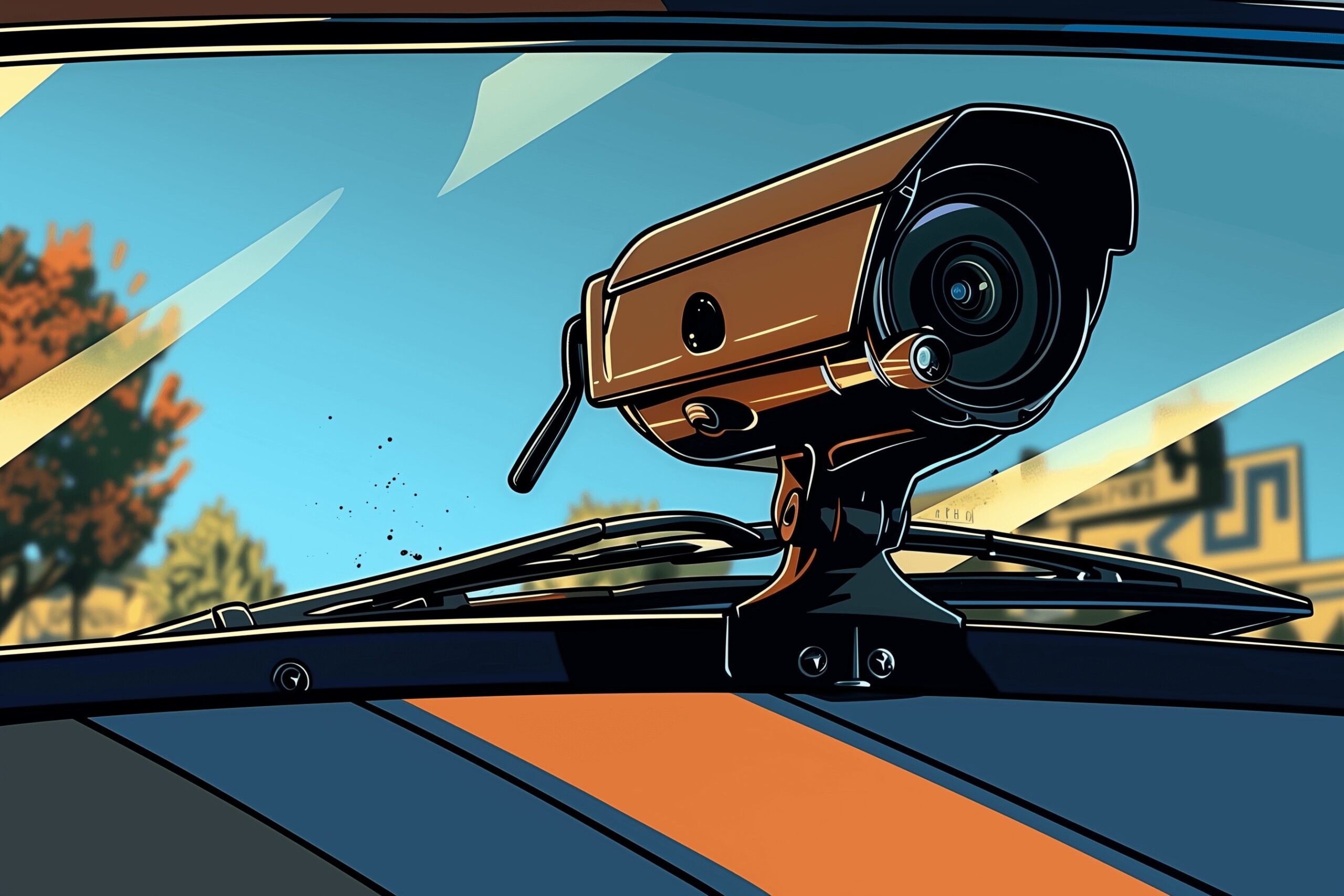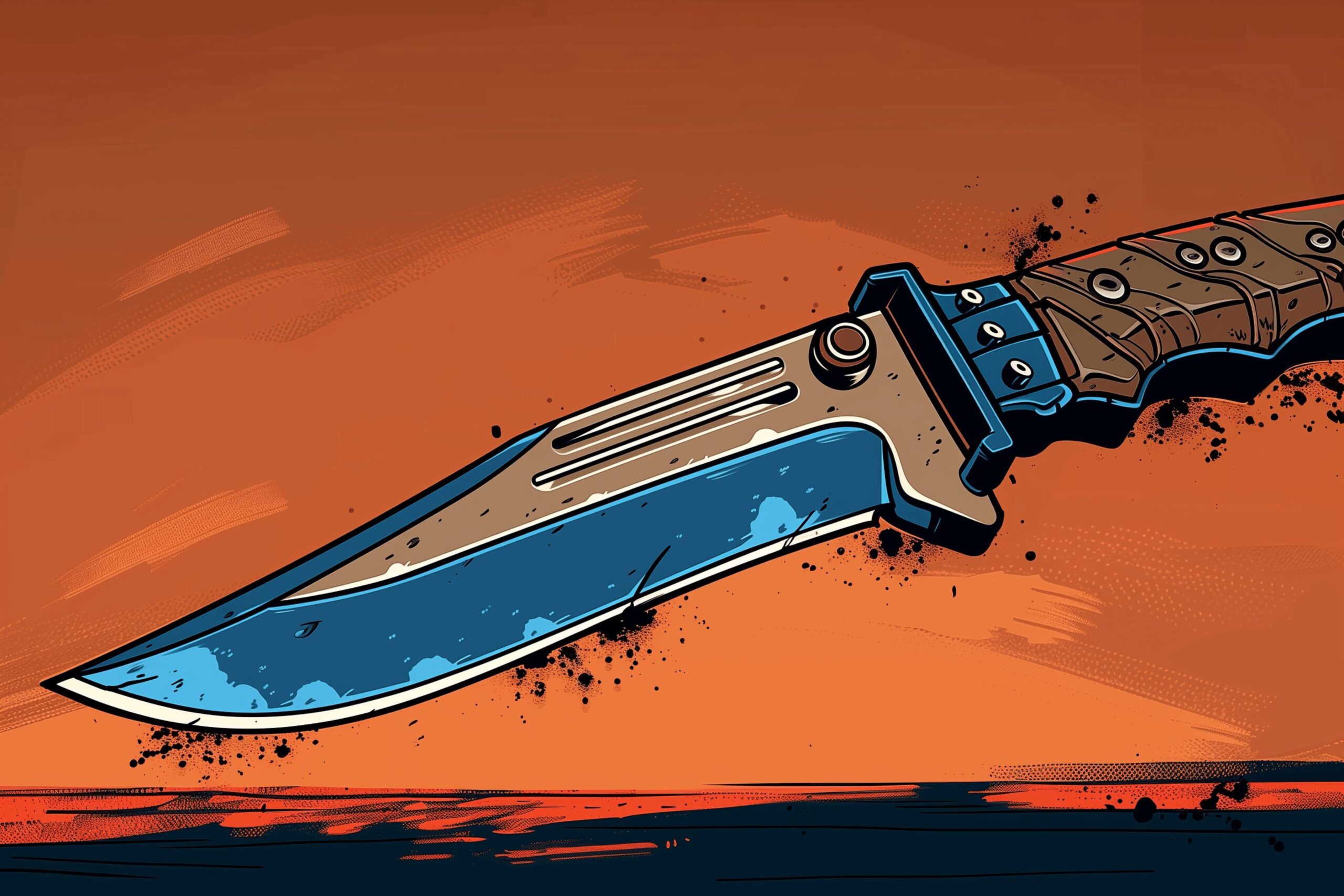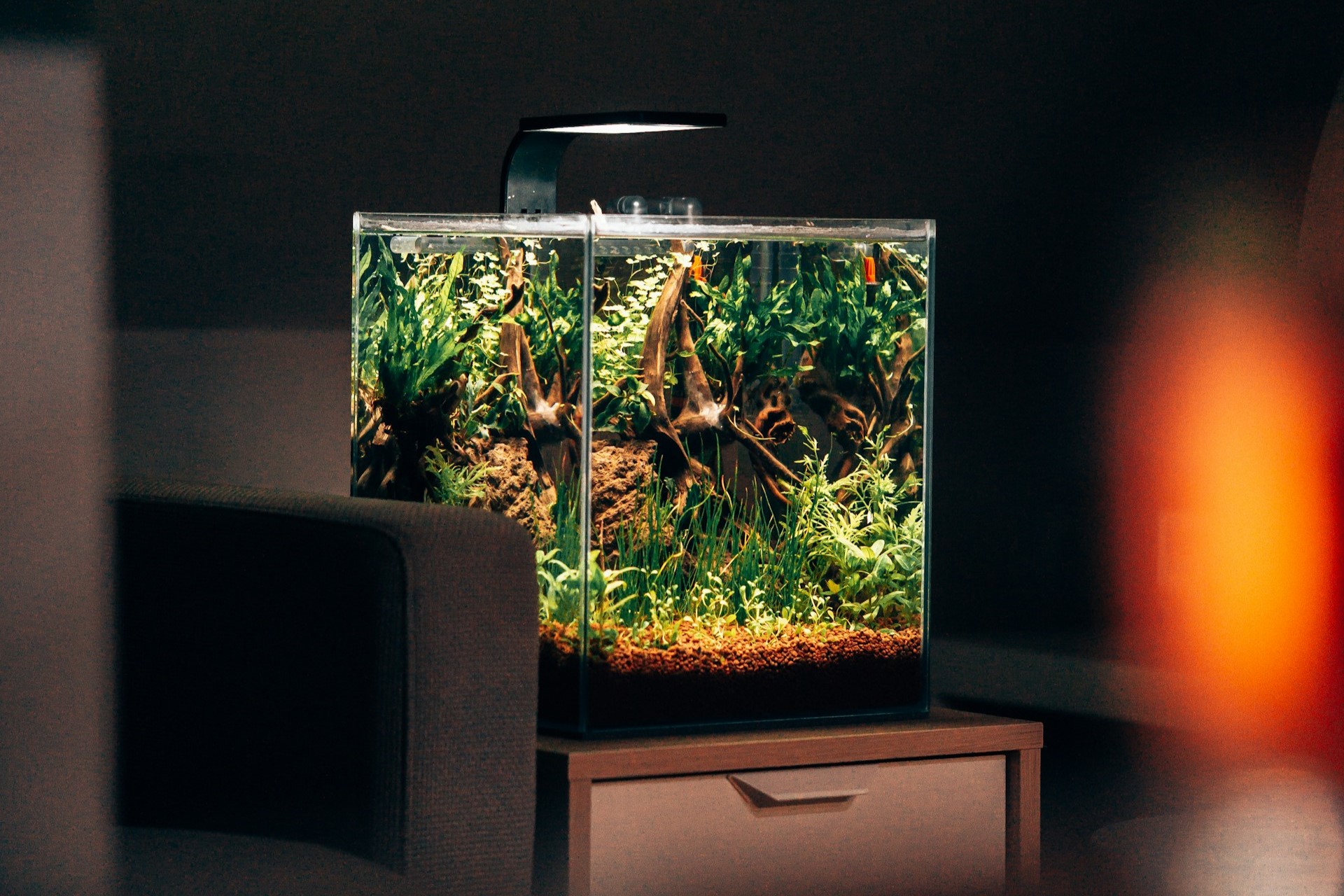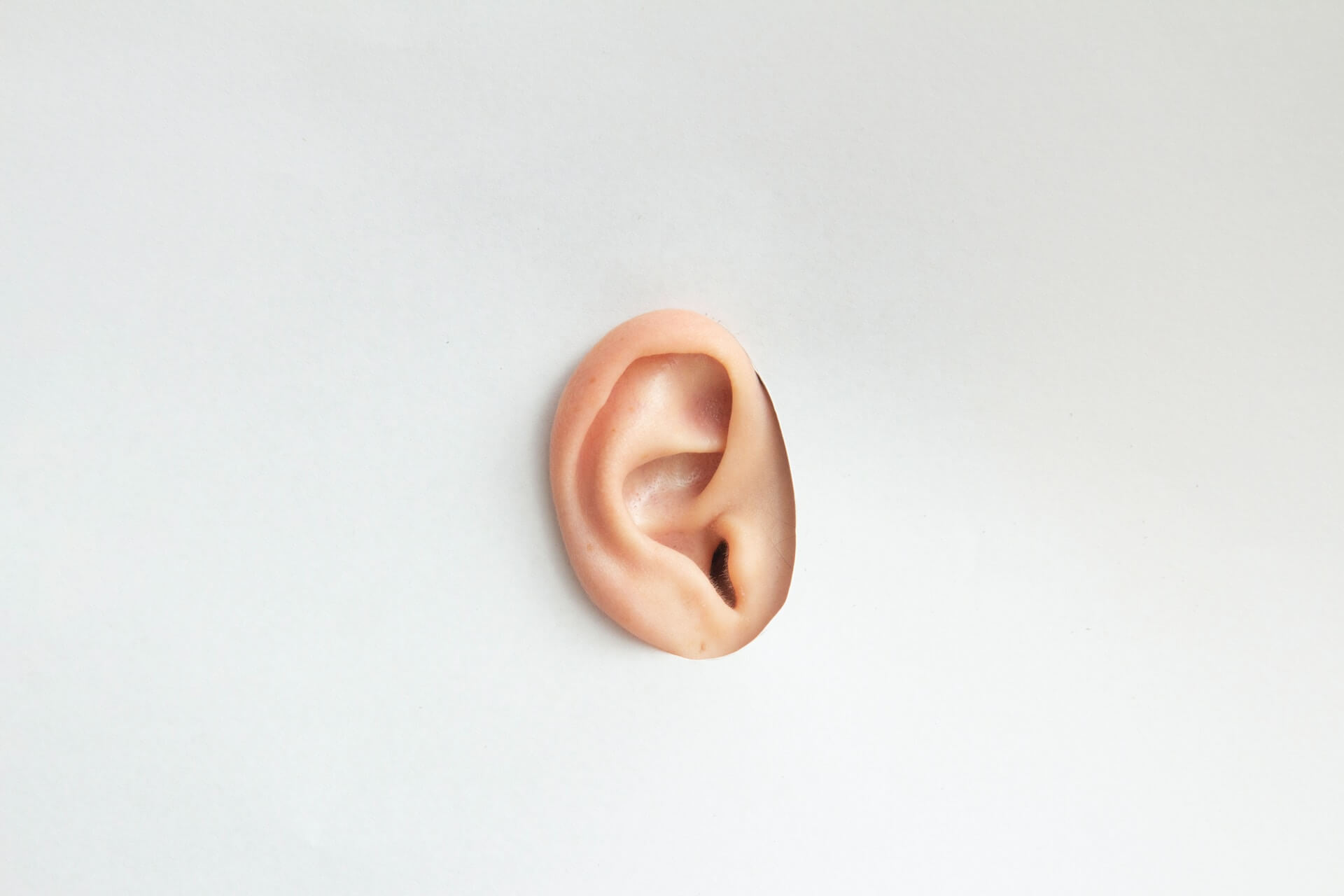How to Get Better at Shooting: 6 Ways
Apr 05, 2020
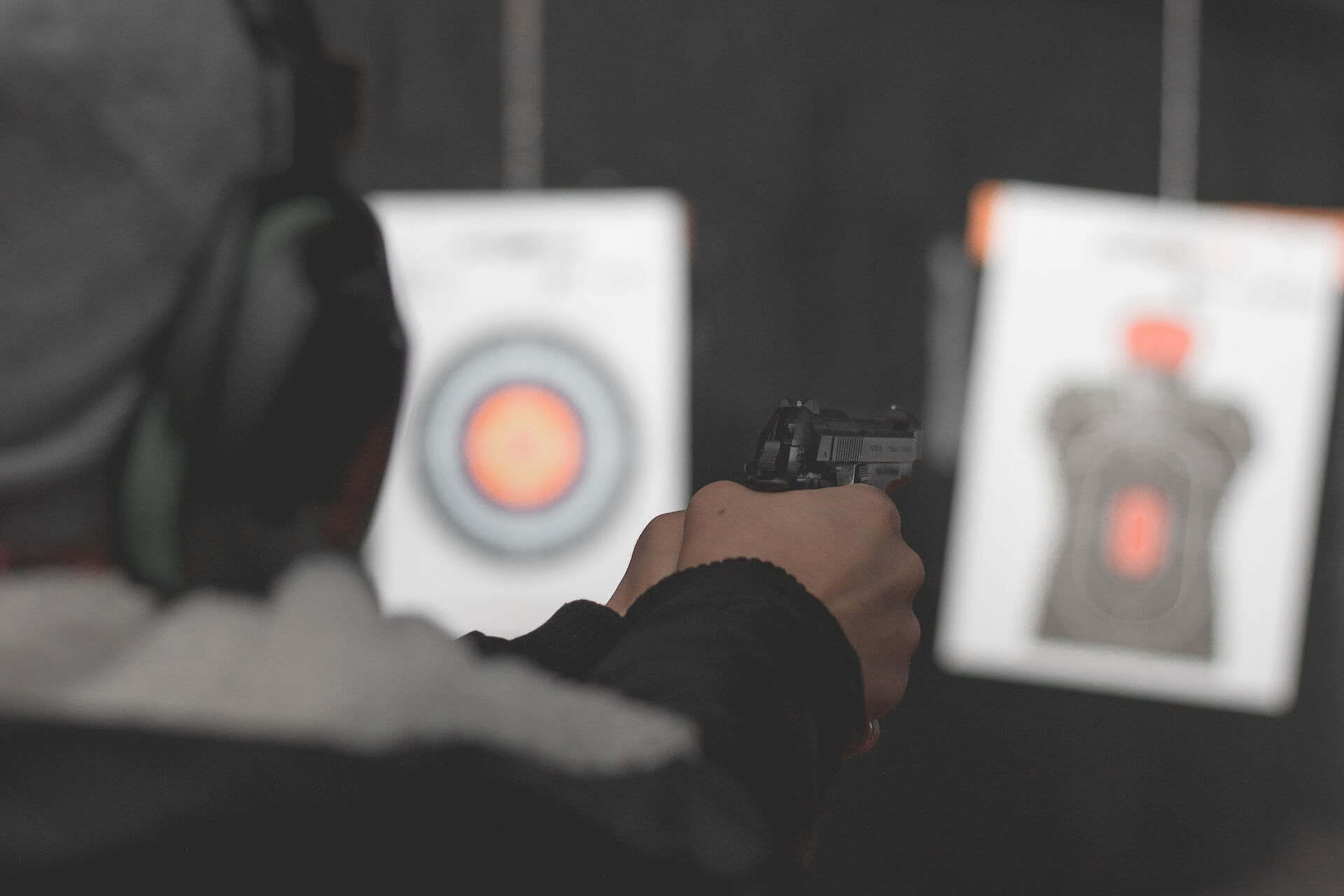
As an Amazon Associate, Modded gets commissions for purchases made through links in this post.
Everyone talks about making sure you have enough guns and ammunition stashed away for the end of the world, but no one ever mentions how to get better at shooting so you can actually hit what you’re aiming at.
In a survival situation, all the ammo in the world doesn’t mean a thing if you can’t hit your target. Before everything hits the fan, here are a few ways to improve your shooting ability.
1. Drills, Drills and More Drills
One thing you’re going to hear a lot in this piece — practice is the most important thing you can do to improve your shooting ability, and that means drills. Drills help to create muscle memory for the shooting skills you’ll need in a survival situation. If you’re not sure where to start, the internet is your friend — there are dozens of sites that offer drill breakdowns for firearms training, so pick and choose the ones you want to work with.
Once you’ve decided on your drills, keep at it. They aren’t effective unless you’re practicing them regularly — and no, the skills you’ve learned in first-person shooter videogames will not serve you in a survival situation.
2. Change up Your Routine
If you’re standing at the range to shoot your pistol or sitting to shoot a rifle, that’s where you’ll be the most accurate. Unfortunately, in a survival situation, you won’t always be able to stand still or sit down to line up your shot, so start changing up your routine. If you normally sit to shoot a rifle, stand up, kneel or lay prone, depending on what your range allows. If you stand for handgun drills, try sitting. You might be surprised how much harder it is to change up your routine, but it will end up serving you well in a combat or survival situation.
Change up your location, too. We’re not saying that you should start shooting in your backyard, especially if you’ve got neighbors closeby. If you normally shoot at an indoor range, look for an outdoor alternative. Go hunting with a friend and get used to the idea of shooting at something other than a paper target. Firearms aren’t just good for protecting yourself from malice — if you can’t go to the grocery store, they can also help keep you fed.
3. Try Dry-Fire Exercises
You don’t always have to go to the range to improve your accuracy with your favorite firearm. Dry fire exercises give you the option to focus on your aiming and your breath without worrying about the bang or having to actually hit the target.
Start by removing all of the ammo from your weapon. Some instructors even recommend removing the ammo from the room where you’re going to carry out your exercises, just in case. Then aim at a target across the room and practice your breathing as you dry-fire the weapon.
Take a series of deep breaths. As you’re ready to fire, exhale about half of your breath and hold it until you pull the trigger. If you practice this enough that it becomes muscle memory, you’ll have more control the next time you take your weapon to the range or have to pull it out in a survival situation.
4. Aim for Real-World Training
You’re not alone when it comes to improving your firearms skills, and while accuracy is important, it isn’t everything. Do you know how you’d react if someone pulled a gun on you in a crowd? Could you respond in a controlled manner without any collateral damage? Real-world firearms training teaches you how to handle your weapon in these scenarios and many more, with your training overseen by an expert instructor.
Anyone, from beginners to experts, can benefit from real-world firearms training. These classes teach you how to respond rationally in any situation where you might have to draw your weapon.
5. Zero Your Sights Correctly
You’re only as accurate as the sights on your weapon, so if they aren’t zeroed correctly, you’ll never hit what you’re aiming at. Take the time to zero your sights or have them professionally adjusted to make sure everything lines up. Make sure you check your zero regularly, especially if you travel with your weapon or don’t use it as often. It’s not unheard of for a rifle to fall out of zero during transport.
Rifles aren’t the only thing you’ll need to adjust. Don’t forget to zero the sights on your handgun for accuracy as well. The goal is to make your rifle or handgun hit what you’re aiming at. In a survival situation, knowing how to adjust the sights on your weapons and keeping them zeroed could mean the difference between life and death.
6. Try a Slow-Fire Exercise
Slow fire exercises can be frustrating, but they can also be a lot of fun. The goal of the exercise is this: You put one hole in your target, and then have to shoot every other bullet in the magazine through that exact same spot without enlarging the hole. Sounds impossible, right? It isn’t, but it will put your accuracy and skill to the test. The goal here isn’t to accomplish this as quickly as possible. It’s to take your time and reset your aim after every shot, focusing on breath and accuracy. If you tend to flinch when you pull the trigger, this exercise can cure that as well.
Practice, Practice, Practice
When it comes down to it, the only thing that is going to improve your shooting ability is practice, practice and more practice. Spend so much time shooting that your favorite handgun or rifle starts to feel like an extension of your arm. Create that muscle memory that will take over if you find yourself in a survival situation and need to rely on your rifle or pistol to keep you alive. Preparation won’t just prevent poor performance — it might mean the difference between life and death.
Practice as much as possible before the world ends or you end up in a survival situation. Hopefully, you’ll never need those skills, but it’s better to have them and not need them than the other way around.

